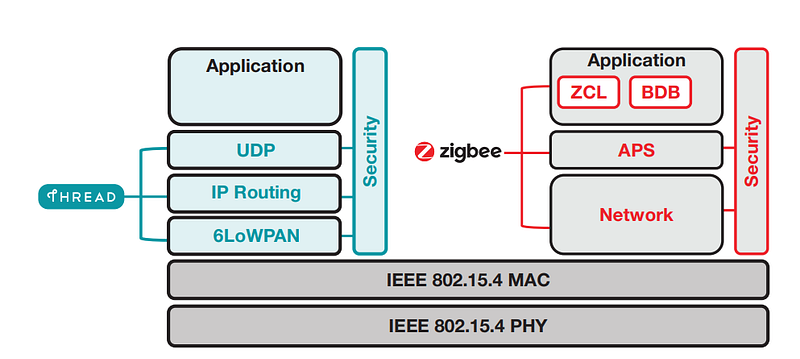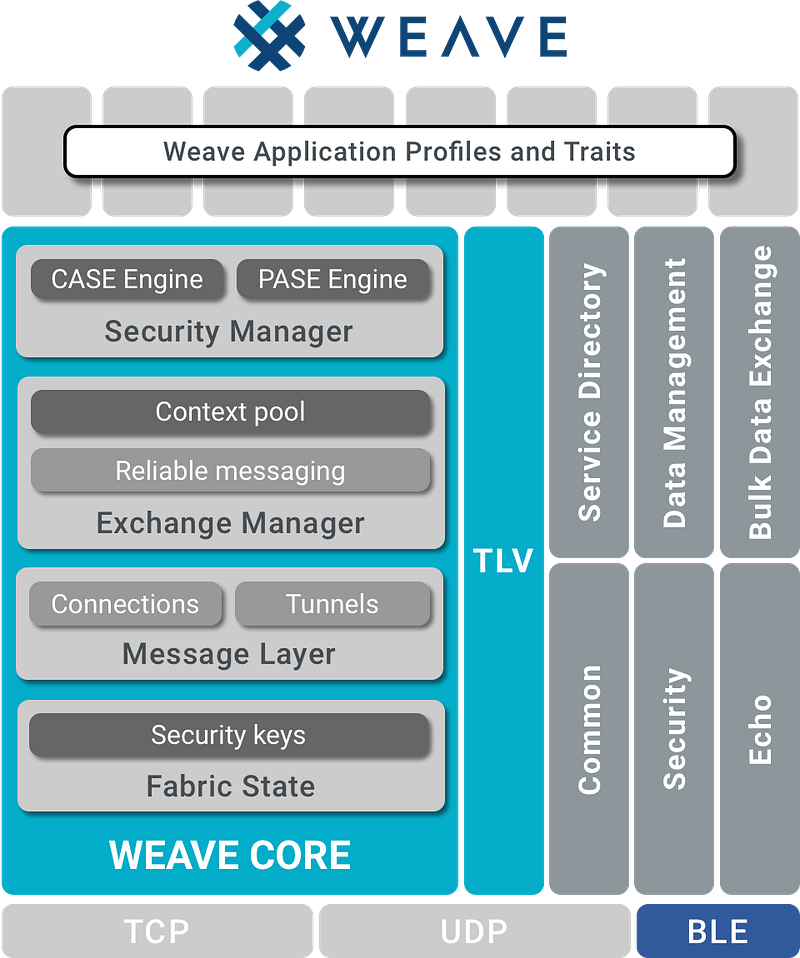
Google announced that together with Amazon and Apple (the big 3 smart home players) they will work on the adoption of a joint wireless IoT standard for the smart home. This new connectivity standard is designed to make it easier for smart home products to work with each other.
In the statement, Google said they were “joining Amazon, Apple and others to create Connected Home over IP, a new independent working group managed by the Zigbee Alliance (separate from the existing Zigbee 3.0/Pro protocol). We’re contributing two of our market-tested and open-source smart home technologies, Weave and Thread. Both are built on IP and have been integrated into millions of homes around the world.”
Zigbee vs Thread
In the past few years, there has been a battle for the short-range, low power protocol for smart home IoT applications between ZigBee and Thread. ZigBee started in 2005 and has millions of devices on the market. Thread is from Google Nest Labs and started in 2015.
The announcement is interesting in the sense that:
- Thread/Weave was a Google/Nest play but now joins forces with the other two: Amazon and Apple
- The new standard will be managed under Zigbee. So world peace!
ZigBee (3.0/pro) and Thread are both open standard builds on the same physical and link layer protocol stacks — IEEE 802.15.4. Whereas their biggest competition in this space, Z-Wave, is using a proprietary Z-Wave standard.

The shared physical/Mac layer gives a big advantage to utilize the same HW/chip solutions and that paves the foundation for this cooperation opportunity.
The key differences between Zigbee (3.0/pro) and Thread is listed below:[2]
- Thread leverages Internet Protocol version 6 (IPv6), which enables a natural connection between Thread networks and existing IPv6-based networks like Wi-Fi, Ethernet or cellular standard such as 4G/5G. Zigbee was built from the ground up, and each node in the network gets a 16-bit address that must be translated into IP using an application layer gateway
- Thread doesn’t define specific application layers, while Zigbee defines all layers in the OSI model. This makes Thread a more flexible choice in terms of application layer selection. On the other hand, since Zigbee specifies the application layer, greater interoperability on the application layer is guaranteed.
- Thread authentication and commissioning are smartphone-based, while with Zigbee, authentication is centralized through a trust center with proximity-based commissioning.

Weave’s Role & Core
Weave is a framework used by Nest to enable its thermostats, smoke detectors and cameras to communicate with each other directly, without having to go through the home network or the cloud.
Google Nest shared that “Weave, an application protocol, works over many networks like Thread, Wi-Fi, Bluetooth Low Energy, and even cellular. Even when devices are on different networks, Weave allows them all to securely work with each other. We can add Weave functionality with OpenWeave, the open-source version of Weave.“
The core of Weave has 4 layers:

In summation, the Fabric State layer uses the underlying transports of TCP, UDP, and BLE to pass the messages. TCP and UDP use both IPv4 and IPv6 over technologies such as Thread and WiFi, while BLE is treated as point-to-point links without routability.
Weave Fabric
A Weave fabric is a network that comprises all Home Area Network (HAN) nodes, the Nest Service and any mobile devices participating in the HAN. The fabric sits on top of the HAN and enables easier routing across the different underlying network link technologies (for example, Thread or Wi-Fi).
The topology below is an example of a simple Home Area Network (HAN). In this HAN, two nodes on the left side are connected together in a Thread network, and one of those nodes connects to a third via Wi-Fi. This node can also be connected to a wireless router in the home to provide internet connectivity for the entire HAN.

The Smart Home IoT battlefield was divided by ZigBee, Z-wave, Thread, BLE and other proprietary standards. With the market size of Google Home, Amazon Alexa and Apple Homekit, this new development will change the game plan and help with technological development to make a more robust, secure HAN.
Reference:
- David Williams, “A Battle of IoT Protocols: ZigBee vs Thread” https://www.allaboutcircuits.com/
- Roberto Sandre, “Thread and Zigbee for home and building automation” http://www.ti.com/lit/wp/sway012/sway012.pdf
- Kevin Parrish, “ZigBee, Z-Wave, Thread and WeMo: What’s the Difference?” https://www.tomsguide.com/us/smart-home-wireless-network-primer,news-21085.html





 Related Podcast Episode
Related Podcast Episode




 Related Applications
Related Applications


 Latest IoT News
Latest IoT News









